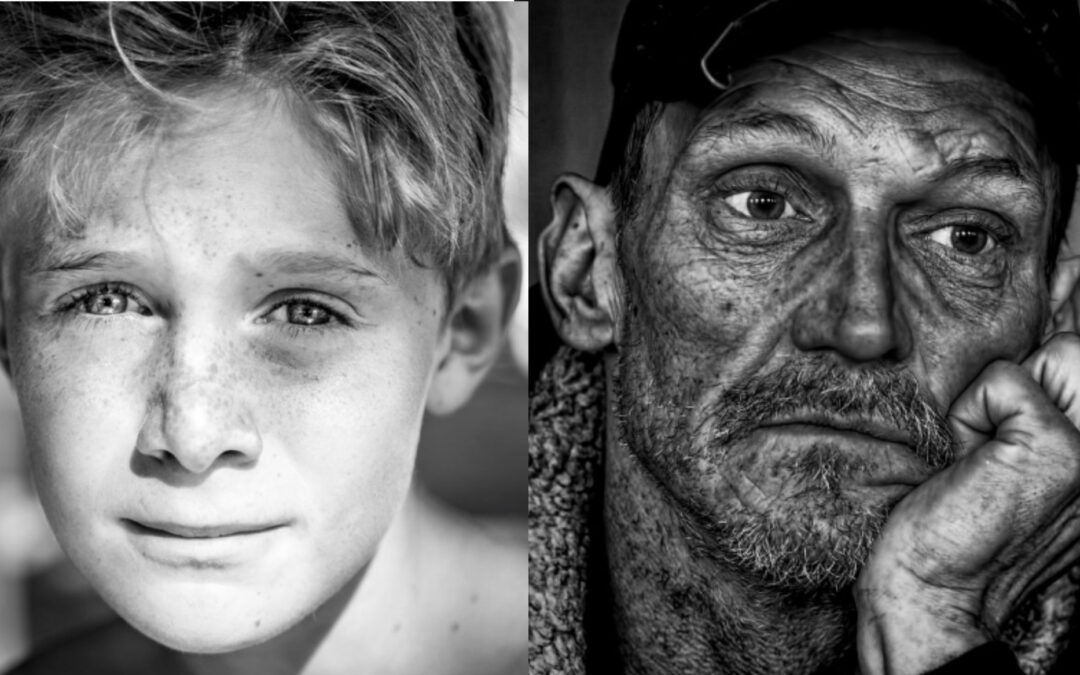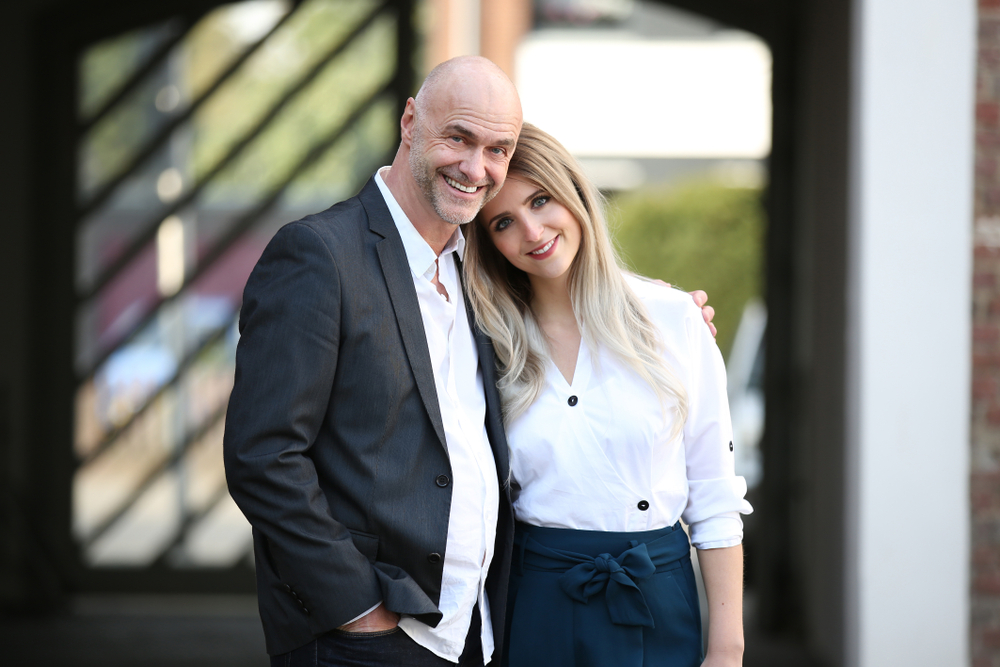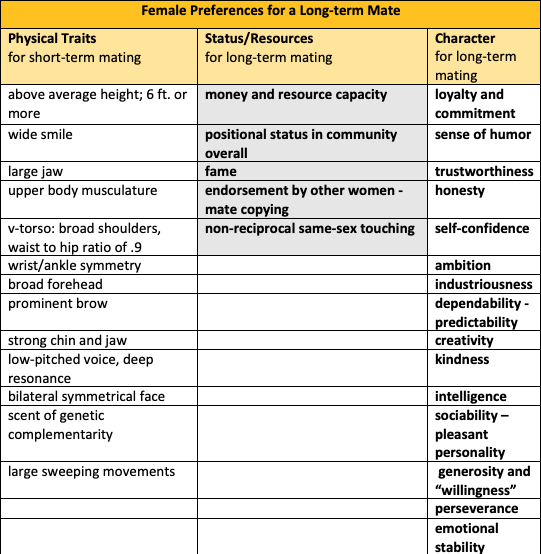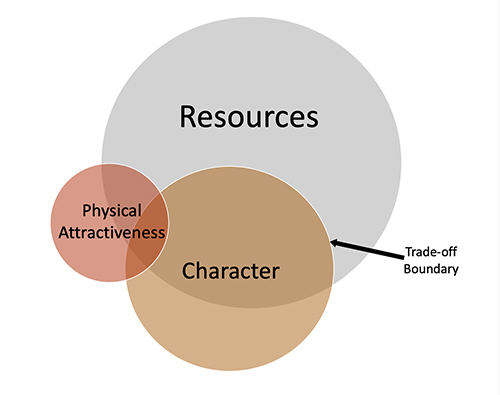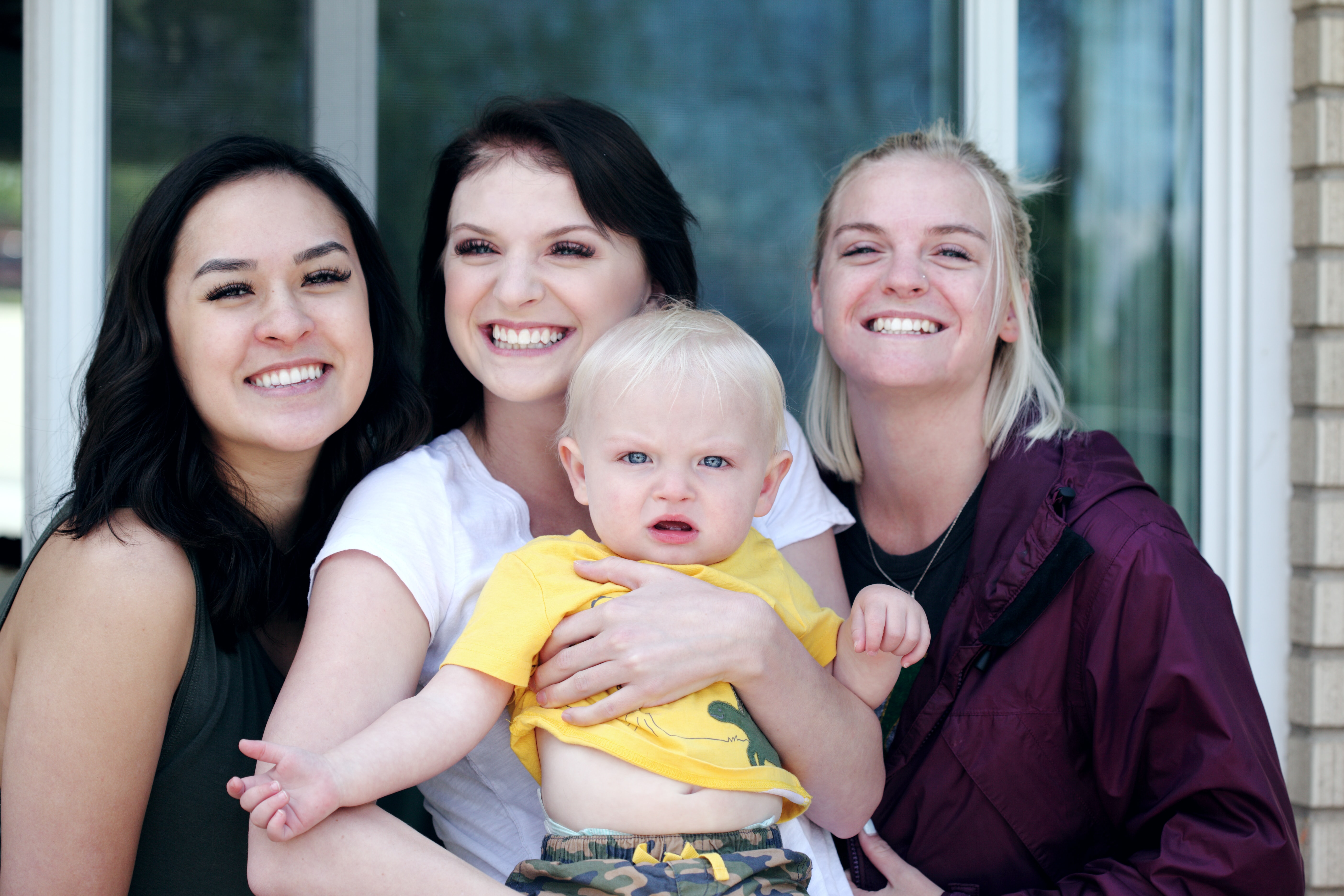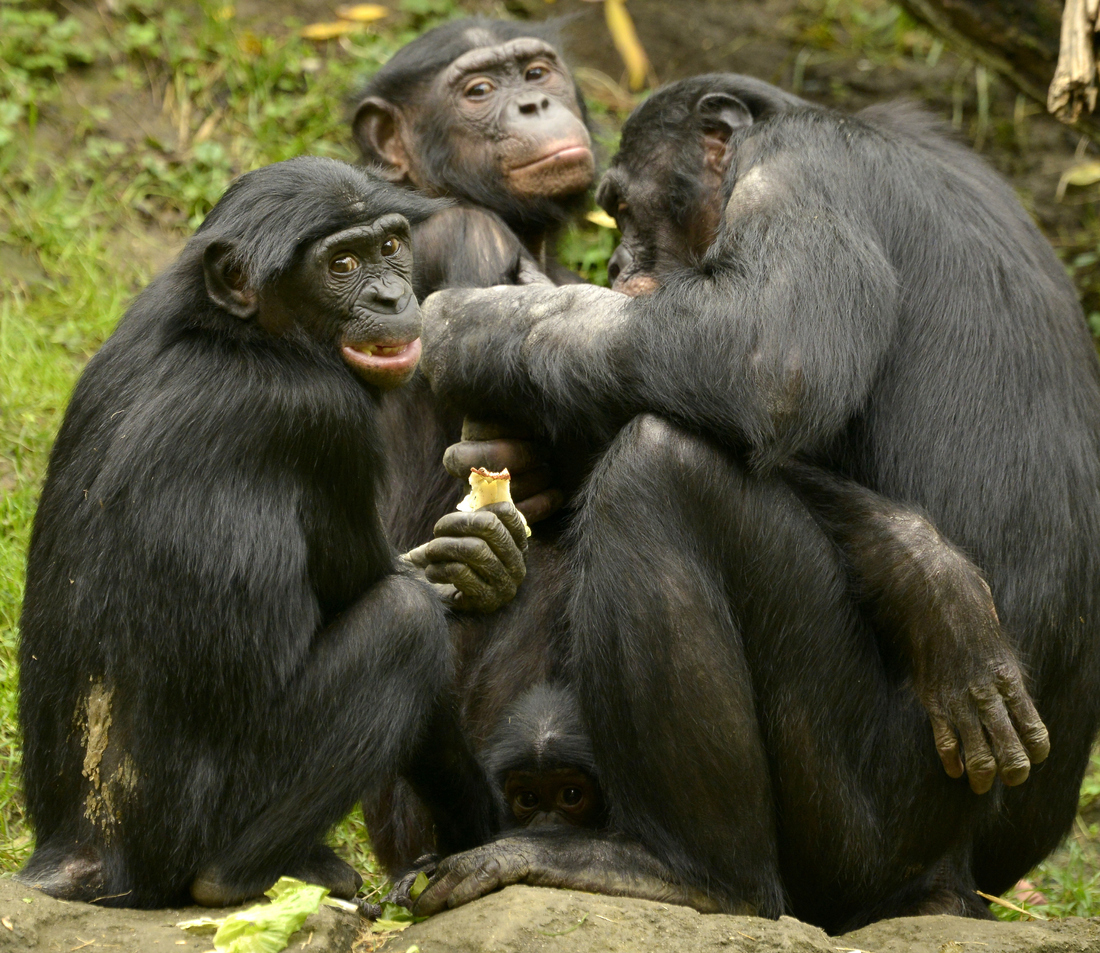
Problems and Conditions of Boys and Men – Part 2.1
Boys and men are struggling in the U.S. and across the globe. Here are the first six problems and conditions for boys and men identified by Richard Reeves in his book, Of Boys and Men – Why The Modern Male is Struggling, Why It Matters, and What To Do About It .
1. Boys are struggling in the classroom.
American girls are 14 percent more likely to be “school ready” than boys at age 5, controlling for parental characteristics. By high school, two-thirds of the students in the top 10 percent of the class, ranked by G.P.A., are girls, while roughly two-thirds of the students at the lowest decile are boys. In 2020, at the 16 top American law schools, not one of the flagship law reviews had a man as editor-in-chief. Seventy percent (70%) of high school valedictorians are girls (Scott Galloway). Sixty percent (60%) of all college students are women, and the gap is growing.
2. Men are struggling in the Workplace.
One in three American men with only a high school diploma — five million men — is now out of the labor force. The most significant drop in employment is among young men aged 25 to 34. Men who entered the workforce in 1983 will earn about 10 percent less in real terms in their lifetimes than those who started a generation earlier. Over the same period, women’s lifetime earnings have increased by 33 percent. Much of the income gains that middle-class American families have enjoyed since 1970 are because of increases in women’s earnings.
Labor Market Down for Men on Four Dimensions
The labor market trajectory for males in the U.S. has turned downward along four dimensions: skills acquisition, employment rates, occupational stature, and real wage levels. There is a sharp decline in manufacturing jobs that put a high value on physical strength and a rise in service sector jobs.
3. Men are struggling with opioids, suicide, and disproportionate deaths from Covid.
Men account for nearly 75% of all “deaths of despair” — suicide and drug overdoses.
Opioids are not like other drugs, which might be taken to artificially boost confidence, energy, or illumination. Opioids are taken simply to numb pain – perhaps physical at first, then existential pain. They are not drugs of inspiration or rebellion but of isolation and retreat.
Men and Suicide
More men than women commit suicide, and the gender gap is widening in advanced economies. Men are three times more likely to take their own life. Suicide is now the biggest killer of British men under age 45.
“Useless and Worthless”
Australian researcher Fiona Shand studied the use of the phrases useless and worthless. “The true cause of the male malaise,” she says, “is not the lack of labor force participation but cultural redundancy.”
In his 2019 essay on masculinity published in Harper’s Magazine, author Barrett Swanson described the common complaint from men, not as depression, but quiet desperation, a gnawing sense of purposelessness.”
Male Covid Deaths
And then there is Covid: for every 100 middle-aged women who died from Covid up to mid-September 2021, there were 184 middle-aged men who died from Covid. (See my post “Why More Men Than Women Die of Covid“.)
4. Boys are more hindered by challenging environments than girls.
There are important differences between the prospects of boys and girls from less advantaged families.
“Exposure to disadvantaged neighborhoods during childhood is particularly harmful to boys,” according to research on intergenerational patterns of poverty and mobility done by Raj Chetty. Boys suffer more from family instability, especially from the exit of biological fathers. Economic and social disadvantage hurts boys more than girls.
Girls in poor neighborhoods and unstable families may be able to climb their way out. Boys are less likely to do so. In Canada, boys born into the poorest households are twice as likely to remain poor as their female counterparts.
Boys’ Academic Performance More Affected by Family Background
In American schools, boys’ academic performance is more influenced by family background than girls’ performance. Boys raised by single parents have lower rates of college enrollment than girls raised by single parents.
Corrosive Intergenerational Cycle
The economic and social disadvantage for boys results in a corrosive intergenerational cycle. As working-class men struggle, their families become poorer; and in these families, boys suffer the most, which damages their prospects in adult life. Male malaise becomes an inherited condition.
Need a New Gender Economics
“Public policy needs to be informed by a new gender economics, at least when it comes to social mobility,” says Reeves. “The dominant narrative of gender equality is framed almost exclusively in terms of disadvantages of girls and women. But if we consider gender equality in the context of both race and class, a different picture emerges. Especially at the bottom of the economic ladder, it is boys and men who are falling behind girls.”
5. Black men are particularly disadvantaged and at-risk.
Raj Chetty’s research (2018) from Opportunity Insights found that Black men are much less likely than white men to rise the income ladder, while Black and white women raised by poor parents have similar rates of upward intergenerational mobility.
Black Mobility Gap is Driven by Men’s Outcomes, Not Women’s
Chetty and his team concluded that the overall Black-white intergenerational mobility gap “is entirely driven by differences in men’s, not women’s outcomes.” The main problem is the low incomes of Black men, especially those raised in poverty. Despite impressive progress made by Black women, their children are still much more likely to grow up poor, reinforcing generational inequality.
Breaking the cycle of intergenerational poverty for Black Americans will require a transformation in the economic outcomes for Black men.
Black Girls Do Better Than White Boys and Significantly Better Than Black Men
The gender gap in education between Black women and Black men is much wider than the one between white women and white men. For every Black man getting a college degree, there are two Black women.
Black girls are more likely than white boys to have graduated from high school; young black women aged 18-24 are more likely than young white men to be enrolled in college, and a higher proportion of Black women aged 25-29 hold postgraduate degrees than white men of the same age. (National Center for Educational Statistics – 2018.)
The Unique Obstacles for Black Boys and Men
A comparison of the success of black girls and women in education to white and black boys and men reveals the unique condition of black boys and men. Black men enter the world of work with fewer educational credentials than almost any other demographic group. Then they face a greater risk of discrimination in the labor market as well as higher rates of incarceration. As Chetty reports, Black men raised in relatively affluent families have lower employment rates than white men raised in poverty.
A summary of Chetty’s research in the New York Times concludes: “there is something unique about the obstacles black males face.”
Black Men Stigmatized as Dangerous
According to studies of implicit bias conducted by political scientists Ismail White and Corrine McConnaughy, one in three white Americans rank “many or almost all” Black men as “violent” compared to just one in ten who says the same of white men. According to McConnaughy and White, “the gender modifier does unique work in accessing negative notions of black men. Black men are discriminated against because they are men.”
Black Men Seen as “Toxic” Long Before Term Was Broadly Applied
Sociologist Rashawn Ray showed that Black men are less likely to be physically active in neighborhoods that are mostly white. Black men are trying to avoid being seen as a threat. Black men have a different social reality from their black female counterparts, Ray says. Black masculinity was seen as “toxic” long before the term was broadly applied.
Black Men More Likely to be Arrested and Shot
Seen as more threatening, Black men are more likely to be stopped by the police, more likely to be frisked, more likely to be arrested, more likely to be convicted, and more likely to be shot than white men.
War on Drugs is a War on Black men
The war on drugs became a war on Black men. They are more than three times more likely to be arrested for a drug crime than white men (though no more likely to use drugs) and nine times more likely to end up in a state prison due to a drug offense.
Black Men Treated Like Criminals
Black men are not only less likely to be hired if they have a criminal record but also because employers are more likely to view them as criminals anyway. One study showed that Black men without a criminal record are less likely to be hired than a similarly qualified white man with a criminal record. Researcher and author Devah Pager writes, “effectively, the job market in America regards Black men who have never been criminals as though they were.”
Black Family and Marriage is Under Stress
Compared to both white and Hispanic women, Black women marry later in life, are less likely to marry at all, and have higher rates of marital instability, according to a study (“The Growing Racial and Ethnic Divide in U.S. Marriage Patterns”) published in Future Child (2015). Black women in their early 40s are five times as likely as white women of the same age to have never married. Black marriage has been undermined by anti-Black racism and specific challenges Black men face. Dire economic conditions create a smaller pool of “marriageable [Black] men,’ so fewer couples tie the knot.
Must Be a Breadwinner to be Marriageable
To be marriageable, a man must be a breadwinner. While it may seem outdated and sexist, here is the reality: most people, including most Black people, agree with sociologist William Julius Wilson (The Truly Disadvantaged) that breadwinning potential is highly prized in a potential mate. Eighty-four percent of Black Americans say that to be a good husband or partner, it is “very important” for a man to be “able to provide for their family financially,” compared to 67% of white respondents (no small number).
(See “Men are unmarriageable” in the upcoming post, problem # 9.)
We Must Clear the Obstacles for Black Men
Reeves explains why more needs to be done to clear the obstacles in the path of Black men. “There is a fear, even today, that helping men means hindering women. But it is not true. Raising men up does not mean holding women down or displacing them. It means rising together.”
Reeves concludes:
The gendered racism faced by Black boys and men is unique in its level of harm, and it is time to face it squarely.
6. Policies and programs designed to promote social mobility often work for women but not for men.
A program in the city of Kalamazoo, Michigan (the “Kalamazoo Promise”) pays in-state college tuition for all students educated in the city’s K-12 school system. The program increased the number of women getting college degrees by 45 percent. But men’s graduation rates remained flat. Reeves lists a whole series of programs (in various cities and states), from early childhood education to college support efforts, that produced impressive gains for women but did not boost men.
Poor Outcomes of Boys and Men Are Buried in the Analysis
There is a recurring pattern in evaluation studies of policy interventions that shows more substantial effects for girls and women than for boys and men. Yet, researchers rarely disaggregate results by gender. The poor outcomes for boys and men are buried in the overall success of these programs. Reeves says this is irresponsible and implies a certain kind of bias that celebrates female progress but ignores the languishing of boys and men. When researchers notice this gender gap, they mostly shake their heads and have no answers for what is causing it.
